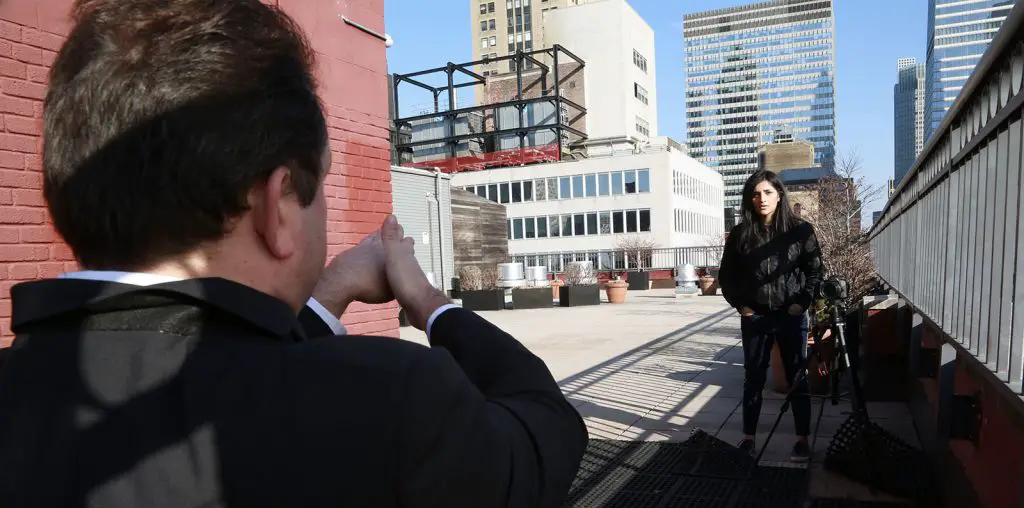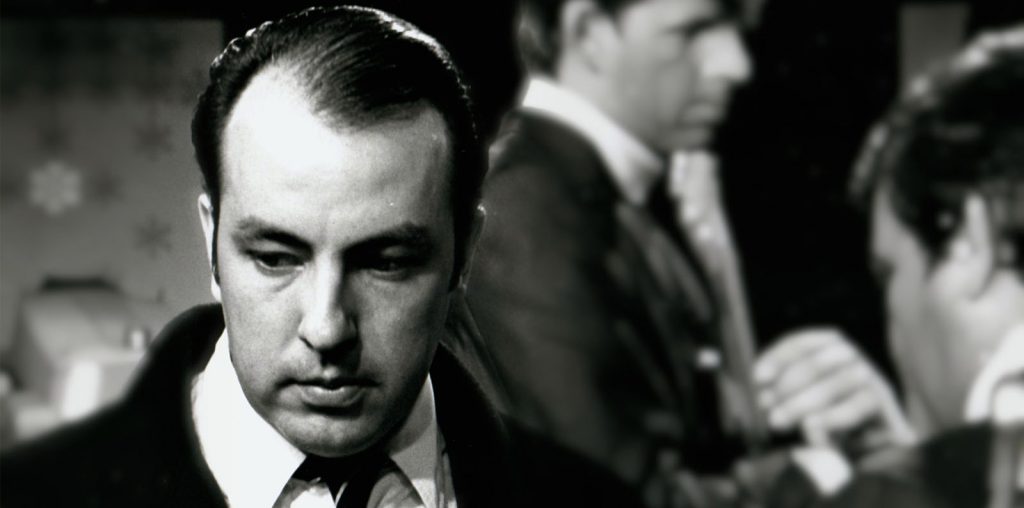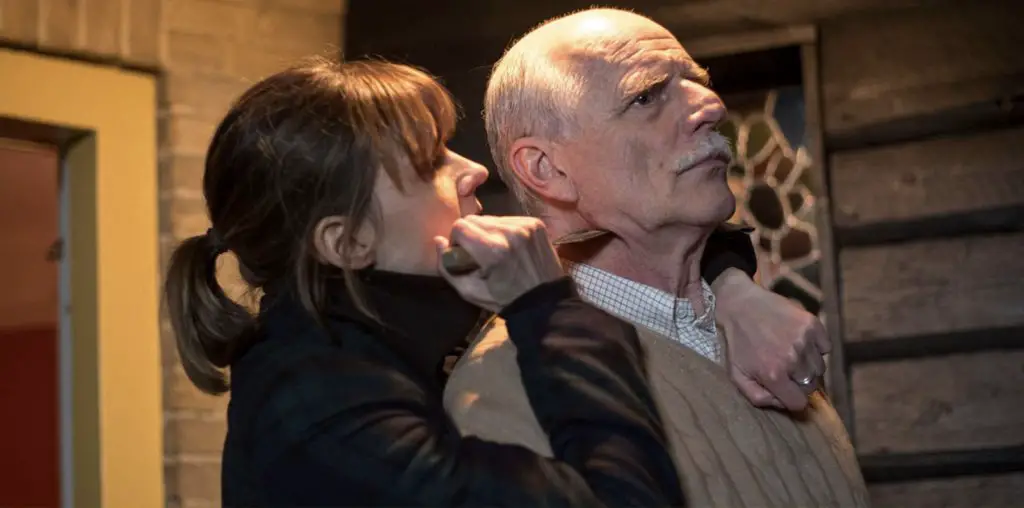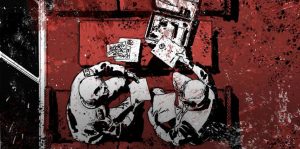
As the story moves around the world from the United States to Vatican City and Russia to Poland, the dozens of individuals that play a role in The Divine Plan sometimes become difficult to keep track of. As Reznikoff changes his voice, he brings life to these people and allows viewers to identify the players clearly. Whether this was Reznikoff’s choice or not, the decision is one that plays out favorably as the story unwinds.
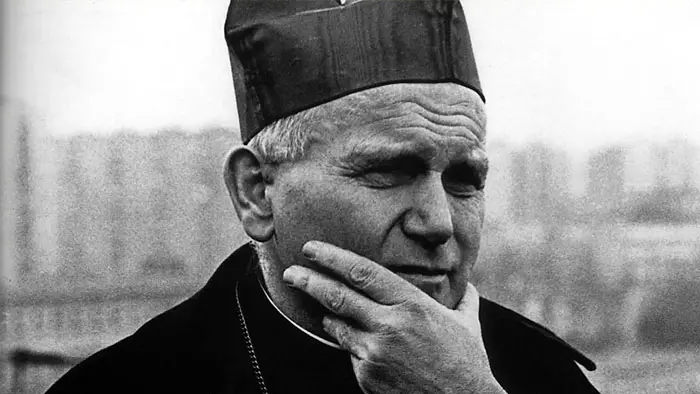
“…uses these animated visuals to make the story simple enough for everyone to understand…”
Another seemingly remedial choice made when constructing this film is to use cartoons to depict much of what is taking place. So much of The Divine Plan is secret and unavailable to the public, it was difficult to find enough visual content to fill an hour and twenty-minute documentary. The idea that cartoons would show the story of multiple assassination attempts, the end of the Cold War, and a bond as important and unlikely as Ronald Reagan and Pope John Paul II’s seems silly and childish. Early in the documentary, it is stated that Reagan, like the Pope, had a way of taking important, hard to understand information and making it accessible to nearly everyone. Similarly, writer-director Robert Orlando uses these animated visuals to make the story simple enough for everyone to understand while still providing depth that intrigues viewers.
Everything from the narration to the animation and the direction to the historians plays a pivotal role in telling The Divine Plan. This is not a story that often comes up but proves to be relevant to the world in which we live today. From the opening moments, Orlando and Reznikoff are able to spark interest in the viewers and keep them intrigued throughout the course of the film. The Divine Plan, both the actual events and the documentary, are brilliant. Orlando and Reznikoff bring the story to life in a way that I’ve never seen before.
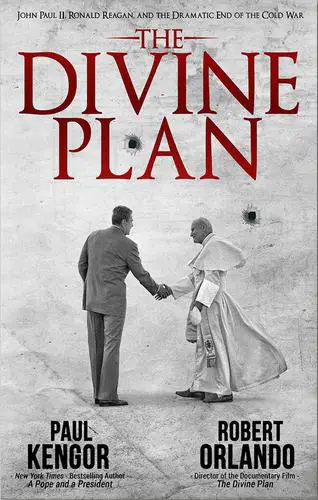
"…Orlando and Reznikoff bring the story to life in a way that I’ve never seen before."
